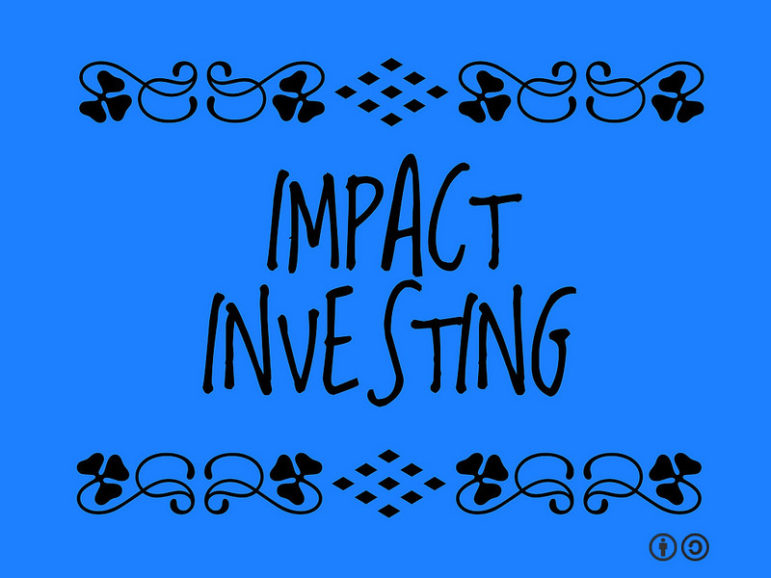
September 21, 2016; Boston Globe
At the 71st Session of the UN General Assembly last week, the subject of “impact investing” was discussed at a confab hosted by New America and Concordia. (It was livestreamed here.) The U.S. State Department and Bretton Woods II introduced the Trillion Dollar Challenge, intended to help achieve the UN’s 17 Sustainable Development Goals by 2030.
Specifically, they are calling on the world’s largest asset owners, such as pension funds, sovereign wealth funds, and endowments, to invest some of the $25 trillion they manage in ways that mitigate global risk and reduce volatility, that promote development and good governance, and in the process save the planet and humanity. U.S. embassies are willing and ready to offer investors suggestions of tax and regulatory incentives with host governments.
Impact investing is not new. NPQ frequently discusses its merits and reasons for concern. Why the interest now and at this level of endorsement?
Just a few weeks ago, the United States and China formally entered the Paris agreement. This was not thought possible even a few months ago. Global change is accelerating and exposing shared vulnerabilities. Increased global connectivity incentivizes new forms of cooperation and opens new markets. There is the butterfly effect at work when an outbreak of a disease or the start of a protest movement can have destabilizing repercussions around the world. World leaders may finally be realizing that humanity’s shared challenges are so immense and complex that trillions of dollars are now required to address them.
The Boston Globe editorial offers this analysis.
Sign up for our free newsletters
Subscribe to NPQ's newsletters to have our top stories delivered directly to your inbox.
By signing up, you agree to our privacy policy and terms of use, and to receive messages from NPQ and our partners.
Achieving the UN development goals will require trillions of dollars of investment. Decades ago, the vast majority of money going from rich to poor countries arrived as foreign aid. No longer. Today, development assistance stands at $181 billion annually (of which the United States contributes more than $30 billion, or 0.18 percent of our GDP). That’s dwarfed by $900 billion in annual private financing from high-income to low-income nations. If enough of that were directed at sustainable efforts to reduce poverty and improve health and well-being—well, the mind boggles. The potential for institutional investors to lead and magnify that effort—creating positive social impact while earning healthy returns for their stakeholders—is staggering.
Impact investing is not philanthropy. It is self-interested. New and unprecedented environmental and social challenges pose threats that financial institutions are now trying to address. Returns on their investments are scaled to the risks and rewards in each deal. JPMorgan and the Global Impact Investing Network reported in their 2015 Impact Investor Survey that just over half of the impact investments they analyzed target returns at market, nearly thirty percent target returns below market, and less than twenty percent target capital preservation alone. It’s still about the money, but with an element of another kind of self-preservation involved.
Norway, the world’s largest sovereign wealth fund, with $850 billion, controls 1 percent of global stock markets and has leveraged its market power by investing in clean water and green energy. By dumping environmentally unfriendly companies, Norway has made them less attractive investments.
Does it make a significant difference that the U.S. Department of State is now involved in promoting impact investing? Do nations heed the moral imperatives outlined in the UN’s Sustainable Development Goals? Search online for “The Trillion Dollar Challenge” and you won’t find it mentioned much beyond those attending that one-hour afternoon meeting last week hosted by New America and Concordia. We are grateful that the Boston Globe showcased the “The Trillion Dollar Challenge” in an editorial. In his final address to the UN General Assembly, President Obama perhaps said it best:
We can only eliminate extreme poverty if the sustainable development goals that we have set are more than words on paper. Human ingenuity now gives us the capacity to feed the hungry and give all of our children — including our girls — the education that is the foundation for opportunity in our world. But we have to put our money where our mouths are.
—James Schaffer











